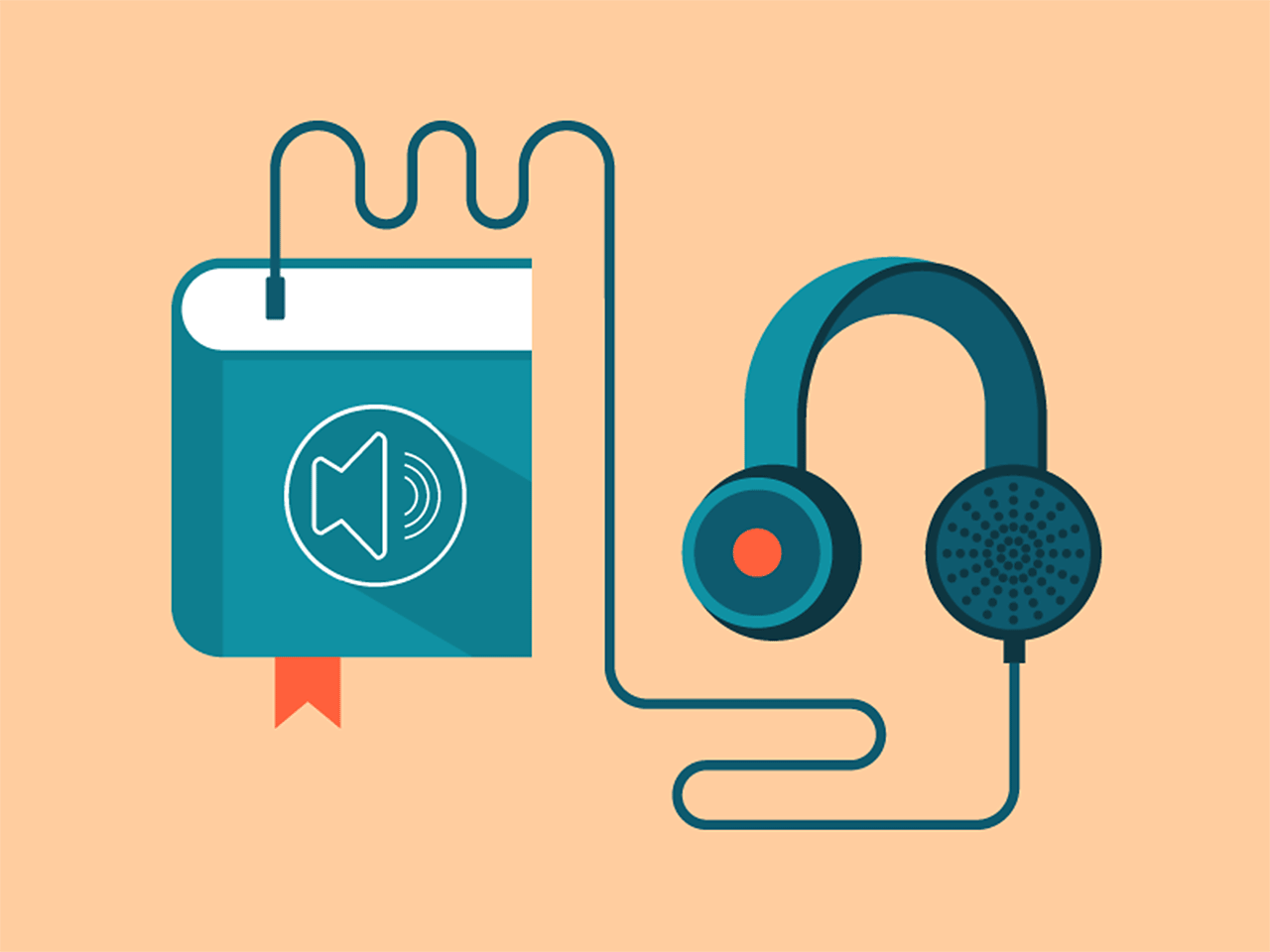

There’s no denying it… Audiobooks are hot right now. With sales growing at over 30% per year, and with 24% of the USA tuning in last year, getting your books onto Audible and the other Audiobook platforms has never been easier.
But, like all things in publishing, you’re going to need to make a choice…
Do you go with a royalty share – where you team up with a producer for no upfront costs – or are you going to pay for the whole thing upfront?
Are you going to use ACX to distribute your work, or someone else?
(That’s even if you have access to ACX in your country – if not, don’t worry; we’ve got you covered).
Are you even going to (gasp) bite the bullet and record, produce, and distribute it all by yourself?
Thanks to the massive leaps in technology, you now have a wealth of options in front of you. Which, of course, means it’s harder than ever to make a decision…
So, here to break it all down for us is author, entrepreneur, and audiobook expert Derek Doepker.
Take it away, Derek…

How To Increase Your Reach and Royalties With Audiobooks
By Derek Doepker
Want to expand your reach to a 1.6 billion dollar market and increase your monthly royalties for work you’ve already done?
Enter audiobooks.
Like many authors, I knew audiobooks were a potentially huge market, but I had no idea how to get started, or if they were even worth the investment of time and money. It’s the question of “Are audiobooks worth it?” that held me back the longest from getting started. Let’s look at some reasons why I’m now convinced that most authors with a text heavy book need to have audiobooks.
First, you’ve already done the hardest work writing the book. I took about three hours to produce an audiobook that has since gone on to make thousands of sales. The audiobook edition typically outsells the Kindle edition. The thing is, that book had been on sale for over a year before I made the audiobook edition. It got me wondering, “How much money am I losing each month by not having audiobook editions of each of my books?”
The second reason to create audiobooks is there’s both a huge audience and less competition. I barely do anything to promote my audiobooks, and yet they’re selling consistently. Since fewer authors create audiobook editions of their books, this means you have a much better chance of your book being found in the audiobook market.
In addition to increased royalties and reach, I’ve also been able to use audiobooks as a bonus for my audience when they purchase a book during a promotion or as a list building offer. This makes having audiobooks a useful asset in your overall author arsenal regardless of paid sales.
In this article, you’ll discover the three ways to create audiobooks. Once you have an audiobook ready to go, the next step is uploading to a distributer like ACX.com which gets your audiobook on Amazon, Audible, and iTunes. For authors who previously thought audiobooks weren’t an option because they didn’t have access to ACX.com, which is just for those in the US, Canada, Ireland, and UK, you can now use a service like AuthorsRepublic.com to distribute your audiobooks regardless of what country you live in.
![]()
How Do You Create Audiobooks?
While audiobooks are obviously pretty freaking awesome, the big problem I faced and noticed some other authors struggling with is figuring out how to get audiobooks created, especially without a big budget. What I discovered is that there are three ways to produce audiobooks that will work for almost any author.
Option 1: Hire a Producer
Hiring a producer means paying an upfront investment for them to narrate and edit your audiobook. You keep all the rights to the book with this approach. This has the least amount of time investment on your part with the biggest out of pocket costs.
When I hired a production company to produce the audiobook edition of Why You’re Stuck, I ended up investing $1,300 for the production. While I made that money back in sales eventually, it made me want to explore the other options you’ll read about to reduce expenses. The cost varies based on who’s producing, however you can expect to spend in the hundreds to thousands of dollars per full-length book produced.
You can find a producer using ACX.com and read about their process here. Alternatively, you can go directly to audiobook production companies and freelance producers on sites like Upwork.com.
The Pros:
- Less time and work on your end
- You own the rights to the book to do as you please
The Cons:
- Higher out of pocket investment
- Risk of taking a long time to get your money back if the book doesn’t sell well
- Wait time can be up to several weeks or longer depending on the narrator
The Conclusion:
This is a potentially good option if you expect good sales of the audiobook to recoup your investment, and you have bigger priorities in your business than creating audiobooks yourself.

Option 2: Do a Royalty Share With a Producer
A royalty share with a producer gives you the benefits of a producer doing all the narration and editing of your book, at the expense of giving up 50% of your royalties to the producer. This is done through http://ACX.com, and you must enter into an exclusive contract with them.
What that means is you can’t offer your book anywhere else except ACX, can’t use it as a free bonus, and will lose half your overall income from royalties and bounties for a period of 7 years. If you feel your book has good sales potential, then it may make more sense to go with option 1 or 3. I haven’t personally taken this approach because I’d much rather have control over my work.
Go here to see a comparison of ACX’s production options.
The Pros:
- No initial out-of-pocket investment
- Less time and work on your end
The Cons:
- Lose half your royalties
- ACX only and locked into an exclusive 7-year contract
- Wait time can be up to several weeks or longer depending on the narrator
The Conclusion:
A potentially good option if you have a severely limited budget and can’t narrate yourself.

Option 3: Do It Yourself
My personal favorite and preferred method of audiobook production is the do-it-yourself approach. After dropping $1,300 on having a producer create an audiobook, I wanted to see if there was a way I could record my own audiobooks. Not only would this save a significant amount of money, I also discovered that readers often enjoy hearing an author narrate their own work. That alone makes it worthwhile even when having the money to pay a producer.
What I discovered is that you can produce an audiobook yourself in a matter of hours (for a shorter book), and the total investment was less than $150 for a home studio setup. Since then, I started sharing my system with other authors who’ve found the process is both doable and even be a lot of fun.
You don’t need any type of special voice acting experience. Just the ability to read your book in a way that’s clearly understood. This would mean those with heavy accents may wish to get feedback by doing a test recording first, and asking others if they can be understood.
The Pros:
- Save a significant amount of money – upwards of thousands of dollars in some cases
- You own the rights to the book to do as you please
- Deeper connection with your audience
- Get books done on your schedule, even before a book launches
The Cons:
- More time commitment on your end to learn and engage in the process
- May not be suitable for those with a strong accent
The Conclusion:
This is a great option for those who want the benefits of connecting with their audience, saving money compared to paying a producer, and are willing to invest the time in learning and producing.

The Journey From Author To Audiobook Producer
Maybe you’re open to the idea of recording yourself to save hundreds to thousands of dollars in creating audiobooks, keeping full control over the rights, and connecting with your audience. I was sold on this, but then I wrestled with figuring out what equipment you need, how to setup a recording environment at home, and how to actually record and master an audiobook to proper standards.
After months of research and testing, here’s what I found.
- A home studio can be created for less than $150
- It’s possible to produce one hour of audiobook content within 3-4 hours
- Even non-techie authors can learn the process in an afternoon
Here’s what you’ll need to get started.
Home Studio:
The equipment I use and recommend.
- Microphone – Audio Technica ATR2100 or Samson Q2U – $50-80
- Pop Filter – $7
- Microphone Stand – $13 for Neewer desk stand
- Monitor headphones – $24
- Music stand – $15
- Blanket, pillows, thick clothes from around house to put up behind you
I was originally using a Blue Snowball, but as a condenser microphone it picks up a lot of noise. Same thing occurs with a Blue Yeti. The ATR2100, which is a dynamic microphone, was a life saver once I got it to cut down on extra noise and reverb. The Samson Q2U is an alternative I found for those who live where the Audio Technica isn’t available.
As you can see, you’ll be looking to invest about a maximum of $140 one time for your own studio, as opposed to paying possibly $400-2000 for a narrator each time you want a book recorded. Can you see why I prefer the do it yourself approach?
Recording Environment
You’ll want to record in a smaller room if possible. If you have a walk-in closet and a laptop, this makes a great environment. The picture below is the setup I used when visiting my parent’s house and recording in my sister’s old closet. A bathroom is not a good environment however as it’s reflective.

When recording in a large studio loft with terrible acoustics, a nifty trick I used was to put up a patio umbrella next to my computer with a heavy blanket thrown over top. I used some foam originally, but later just used a blanket as it didn’t make a difference. It only takes a couple minutes to setup and take down.

This means regardless of your environment, you can almost always make it work without needing to build anything or have special treatment done.
Software
You can use Audacity for Mac and PC from http://audacityteam.org which is free. While Audacity took a little getting used to, it turns out there are some clever shortcuts in the program that make audiobook production a breeze. I’ve used many other digital audio workstations and audio editing programs, and while they’re great for other projects, I strictly recommend Audacity for audiobooks.
The Production Process
I went to ACX.com and saw the audiobook production requirements at: https://www.acx.com/help/acx-audio-submission-requirements/201456300. Even though I have a background in audio editing, I was freaked out when I read the following:
- Have room tone at the head and at the tail and be free of extraneous sounds
- Measure between -23dB and -18dB RMS and have -3dB peak values and a maximum -60dB noise floor
- Be a 192kbps or higher MP3, Constant Bit Rate (CBR) at 44.1 kHz
I was worried I’d mess something up.
Something inside me though made the decision to figure it out. I spent months testing and refining a process to record and produce audiobooks, and I found it was actually pretty simple once you know the steps to take. Since then, I went on to produce almost all my books as audiobooks, and reaped the reward of additional royalties each month.
After I saw how realistic it was for virtually any author to record their own audiobooks, I wanted to help other authors interested in the do-it-yourself approach learn the process without all the trial and error and expenses I endured.
It does take a couple hours of training and over the shoulder type of teaching to get transfer this knowledge. So if you’re interested in the do-it-yourself approach, there are plenty of video tutorials on Youtube – or, if you want a step-by-step blueprint, you can take a look at my course on audiobook creation called Audiobooks Made Easy that covers everything I discovered on how to create your own audiobooks. Even experienced audiobook producers have taken the course and discovered new tips that sped up and improved their process significantly.

Conclusion
One thing I wish I could do would be go back and create audiobooks of all my books sooner. However, I didn’t know all these insights and just how awesome audiobooks were until after I got started. Now that you know three approaches to creating audiobooks, decide which one you’re going to use and implement right away. There’s a whole world of audiobook listeners ready to embrace your work who are waiting on you.
Share in the comments below: which approach are you going to use? Have you had any experiences with audiobooks that you think other authors would benefit from? Leave a comment!

Derek Doepker is a seven-time #1 bestselling author who helps authors through workshops, courses, and retreats to turn their passion for writing into a thriving business. You can learn more about his work and download a free copy of Why Authors Fail at http://derekdoepker.com/authorship/. You can learn more about his audiobook course here.











